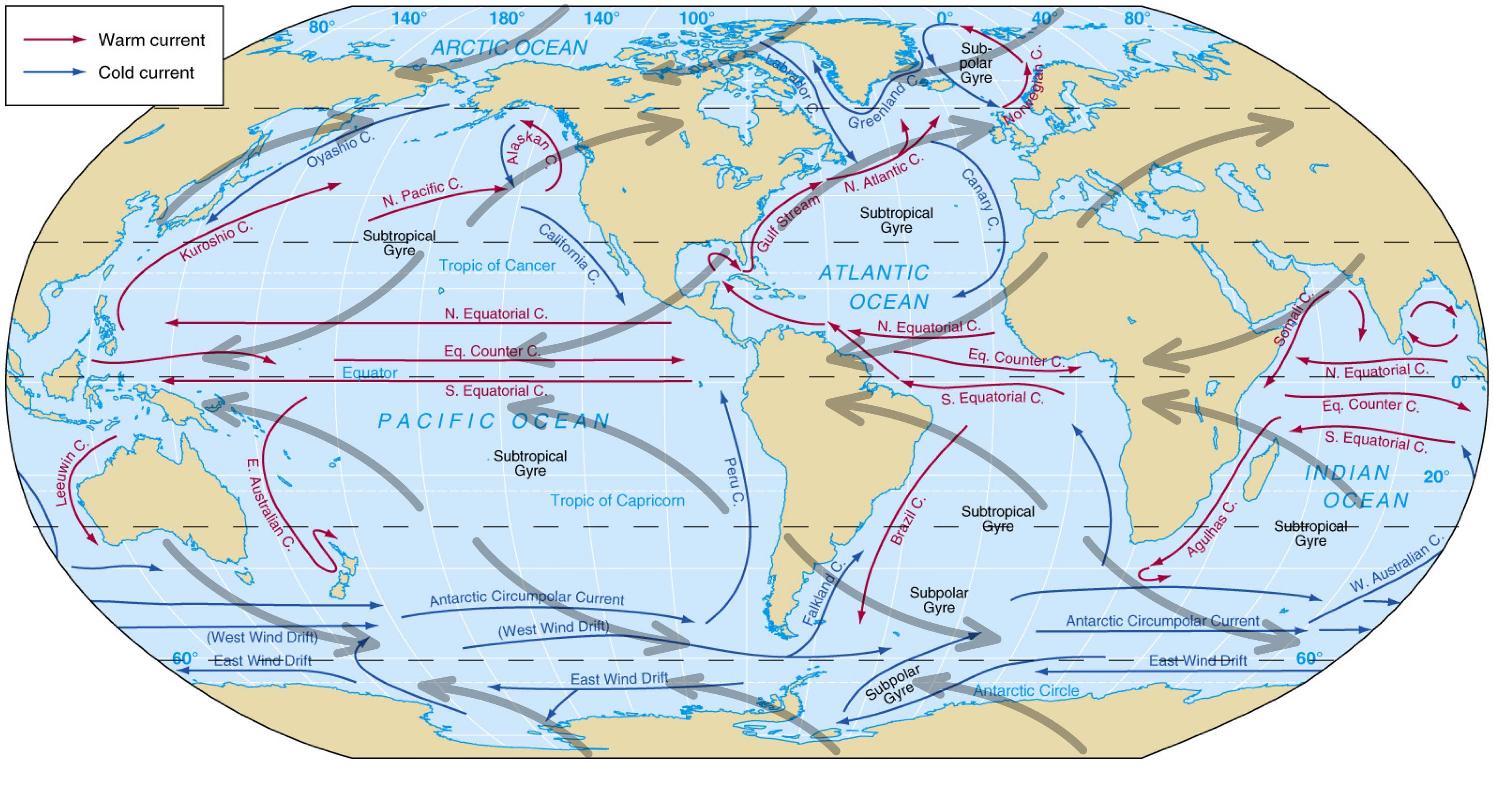As we hear about the activities going on in South east china sea (chinese claim), Indian ocean (piracy), time has come to clear some terms about blue economy. It will be significant for India in strengthening prospects in indian waters. Let’s analyse this in detail.
What is Blue economy?
- Gunter Pauli’s book, “The Blue Economy: 10 years, 100 innovations, 100 million jobs” (2010) brought the Blue Economy concept into prominence
- Blue Economy began as a project to find 100 of the best nature-inspired technologies that could affect the economies of the world
- While sustainably providing basic human needs – potable water, food, jobs, and habitable shelter
- This is envisaged as the integration of Ocean Economy development with the principles of social inclusion, environmental sustainability and innovative, dynamic business models
- It is creation of environment-friendly infrastructure in ocean, because larger cargo consignments can move directly from the mothership to the hinterland through inland waterways, obviating the need for trucks or railways
What makes Indian water attractive? How is it geographically different?
- Vast coastline of almost 7,500 kilometres, with no immediate coastal neighbours except for some stretches around the southern tip
- This is not possible, for instance, in the Persian Gulf region because of the proximity to trade routes and contiguous countries
- In some sense, India has the advantage of a latecomer, helped by natural geography
- For an offshore transloading zone, the availability of calm waters during the monsoons is a problem
- But this can be overcome by conducting such operations closer to the coast and seasonally, in calmer waters
What are some developments initiated by India?
- An offshore infrastructure project was successfully launched by the ministry of shipping, for transporting imported coal to the thermal power station at Farakka in West Bengal
- Such transshipment, out on the high seas yet within India’s economic zone at the Sandheads in the Bay of Bengal, worked out to be financially viable and environmentally friendlier, compared to traditional handling of cargo at ports
- As ship sizes become bigger, transshipment/ lighterage operations on the high seas are becoming more viable
What are the potential efficiencies from blue economy infrastructure?
- Ports can multiply operations because each cargo shipment is of small parcel size, with no extra capital expenditure for dredging or for large berths and associated equipment
- As larger surpluses are generated, some parts can be utilised for better and more environment-friendly “smart ports” Less physical congestion unclogs bottlenecks at ports
- Faster clearances mean less waiting time and savings on demurrage, so a shorter waiting time for ships also helps the environment by reducing fuel burn
- As transloading takes place on the high seas, it creates an opportunity to spread the cargo across more ports
- It makes ample sense to create a well-distributed network for handling bulk cargo along the entire coastline
- If we introduce “smartness” to transloading zones, we can add value and reduce transaction costs
How does maritime diplomacy set rules in Indian ocean?
- Maritime diplomacy had its heyday back in the 1980s, with the sensational discovery of manganese nodules and cobalt crusts on the ocean floor
- The euphoria over marine mining led to the establishment of the International Seabed Authority <An intergovernmental body based in Kingston, Jamaica, was established to organize, regulate and control all mineral-related activities in the international seabed area>
- The UNCLOS, the “constitution of the seas”, which came into force in 1994, became the basis for the legal rights for mining in the open sea
- The interest in seabed mining flagged because of escalating costs, but it’s being revived on account of the demand for minerals and metals in industrial development, particularly in China, Japan and India
Why are regional organisations considered as most active players?
- The importance of regional organisations has increased in the context of the blue economy as PM Modi spoke to the SAARC leaders
- In September 2015, the Indian Ocean Rim Association (IORA) hosted the first Ministerial Blue Economy Conference and identified priorities
- Goal 14 of the UN’s Sustainable Development Goals (SDGs) — “Conserve and sustainably use the oceans, seas and marine resources for sustainable development”
- This makes detailed references to the reduction of marine pollution, conservation of coastal and marine areas and regulated fish harvest
Why is blue economy significant for India?
- The new focus on the Asia-Pacific highlights the security and economic dimensions
- The US rebalancing of forces and counter-measures by China have created a new cold war
- New partnerships are in the making in the Asia-Pacific, seeking Indian participation by competing powers
- The blue waters of the Indian Ocean have become a new theatre of tension
What does Delhi needs to do to transform its efforts into action?
- India can profitably integrate its ongoing programmes like Make in India, smart cities, skill development and self-reliance in defence
- Delhi’s forthcoming chairmanship of the BRICS will offer a splendid opportunity to highlight the cooperation needed for the blue economy
- The imperatives of cooperation and the need for adept diplomacy are evident
- Prime Minister endorsed the blue economy during his visit to Seychelles, Mauritius and Sri Lanka
- Diplomats aspiring to a “blue diplomacy” should begin to grasp the immense possibilities of the blue economy
- It will be diplomats in coastal and island countries and with the UN, IORA and Saarc, who will have to operationalise it
Published with inputs from Arun | Image source - cri.org



























